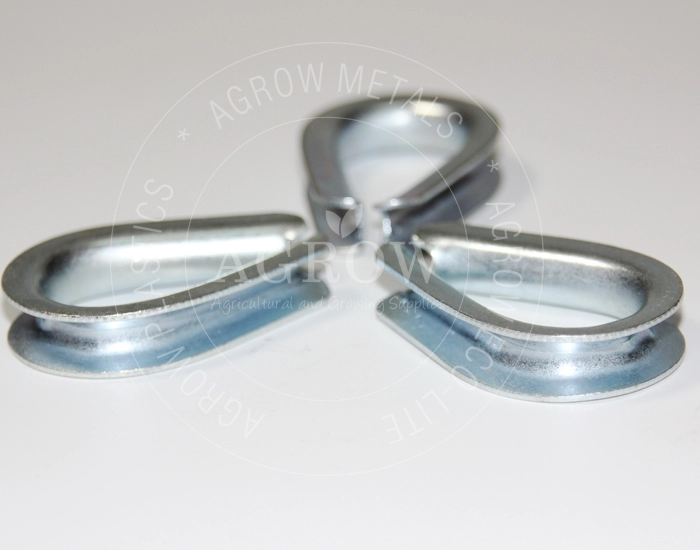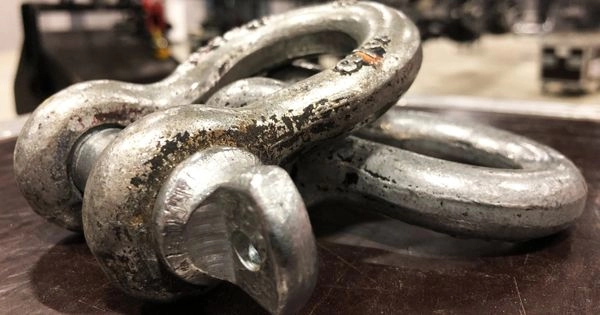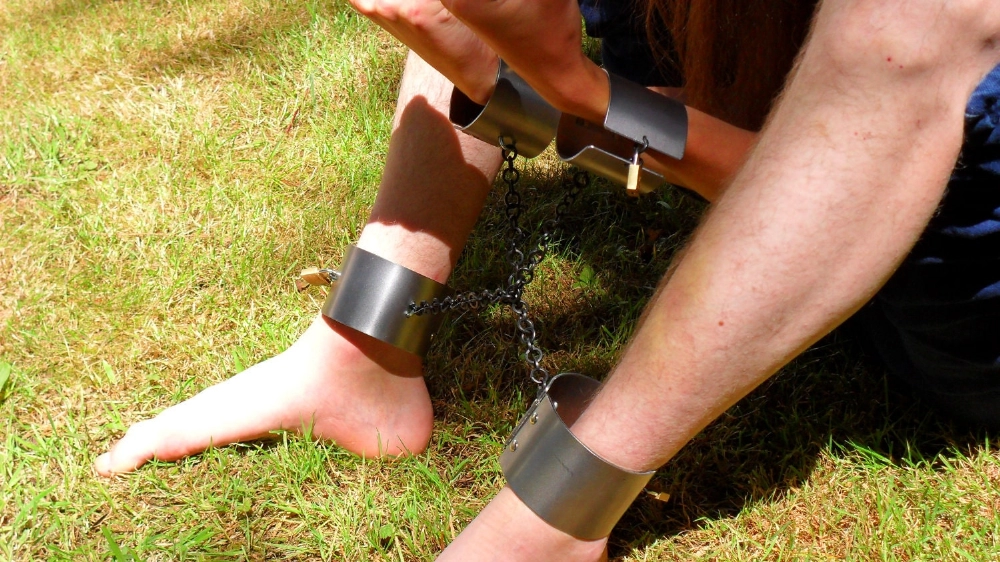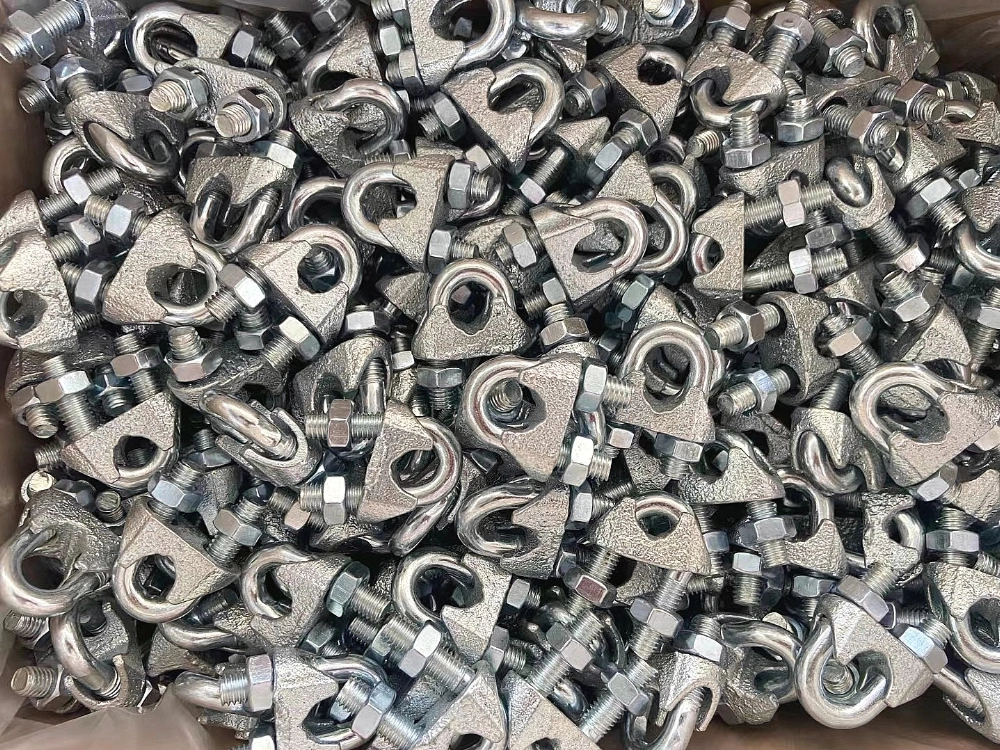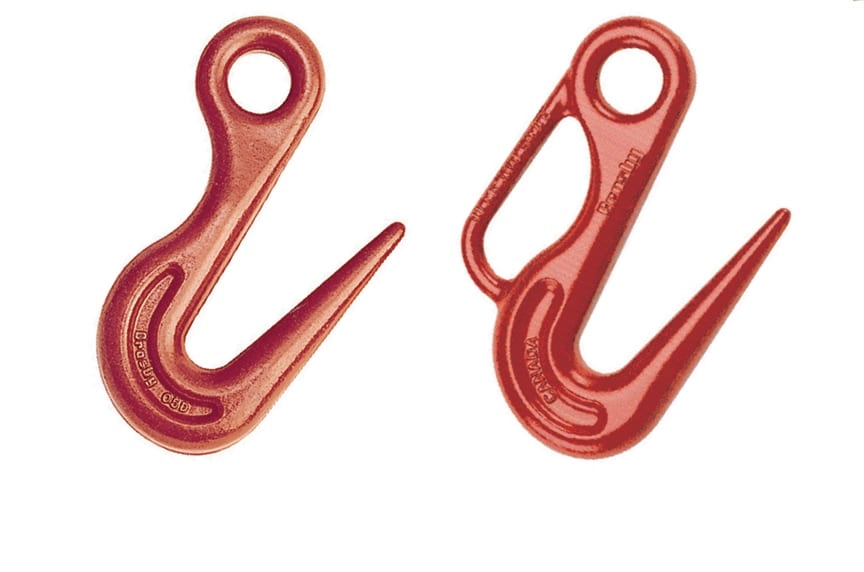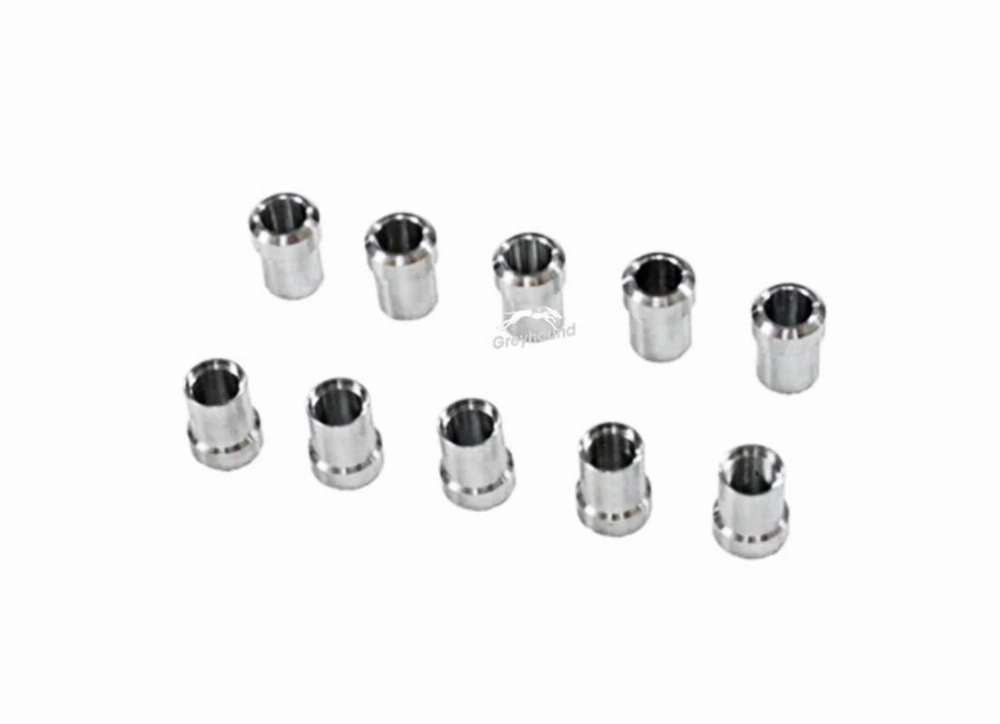Need help? Write to us info@hqlifting.com
- Charging Accessories
- Lifting accessories
- Steel Cable
- Beam cart
- Turnstile for load securing
- Load Ratchet Strap
- Lifting current
- Chain for Load Lifting
- Lifting equipment
- Slings
- Steel Cable Tensioner
- Polyester slingshot
- Load binders
- STEEL HOOK
- Steel Cable Clamp
- Electric winch
- Permanent magnets
- Steel Cable Clamp
- moitão
- Carabiners
- Screw With Eyelet
- Lifting Clamp
- Talha Manual
- Uncategorized
Call our consultants or chat online
+86 151 4514 5178
How to Tie Cargo with a Ratchet Strap: Practical and Safe Guide
Securing loads during transport requires certified techniques. The ratchet strap is a validated solution to secure loads on trucks, racks, and utility vehicles. ✅ Standards such as NBR 16.295 establish technical requirements for tension and load distribution. This prevents shifts or releases during the journey.
Studies by ABTRAÇOS show that 34% of cargo accidents in the United States happen due to improper securing. The correct use of ratchet straps reduces the risk of damage to cargo. This includes appliances, wood, or industrial equipment. Specifications such as load capacity (e.g., 1,200 kg) and securing angle ensure legal compliance and operational safety.
What Are Ratchet Straps and Why Use Them
Ratchet straps are devices used to tie down loads on industrial vehicles. They are made of certified materials, ensuring safety and compliance with standards. It is important to understand their advantages and specifications to choose the best option.
Types of Ratchet Straps Available in the Market
- High-density polyethylene (HDPE): resistance to abrasion and extreme temperatures;
- Nylon 6.6: stiffness and flexibility for irregular loads;
- Polyester: option for heavy loads with ISO 10549 certification.
Load Capacity and Strength
✅ They support from 1.5 t to 10 t, with a safety factor of 5:1. They come in widths from 25 mm to 100 mm, fitting different load sizes. The color system (green for 2 t, yellow for 5 t, and red for 10 t) helps to quickly identify, according to EN 12195-2 standard.
Differences between Ratchet Straps and Other Methods
Comparing with chains and ropes:
- Voltage standardization prevents deformations in the load;
- Precise alignment without the need for complicated knots;
- Reduced weight (up to 40% lighter than metal systems).
To properly secure cargo, use certified materials and technical training. This ensures safety and efficiency.
Necessary Equipment to Properly Secure Cargo
To securely fasten loads, it is essential to use a complete set of certified equipment. The right choice of components prevents risks of displacement or damage. See the essential items:
- ✅ Cintas ratchet with ISO 10520 certification: Choose models with a minimum resistance of 2,000 kg. They should have an antifriction coating to withstand heavy loads. Adjust the width (50-100 mm) and length as needed.
- ✅ Polypropylene or galvanized steel angle bracketsThey protect the sharp edges and distribute pressure evenly. Choose models with adjustable perforations to fit different load shapes.
- ✅ Pre-stretching systems: Use mechanical or manual devices with a tension indicator. They ensure the correct pre-tensioning, between 50-80% of the maximum load.
- ✅ Safety blockers with double lock: They prevent accidental slipping, especially on uneven terrain. Check the resistance (e.g., 1,500 kg) and compliance with ABNT NBR 16.205 standards.
For maintenance, perform visual inspections every six months. Replace components with visible damage, such as cracks or wear greater than 20%. Pre-certified kits include all necessary items, ensuring compliance with safety standards. The combination of these certified equipment and techniques reduces operational risks by up to 90%.
How to Tie Cargo with a Ratchet Strap: Step by Step
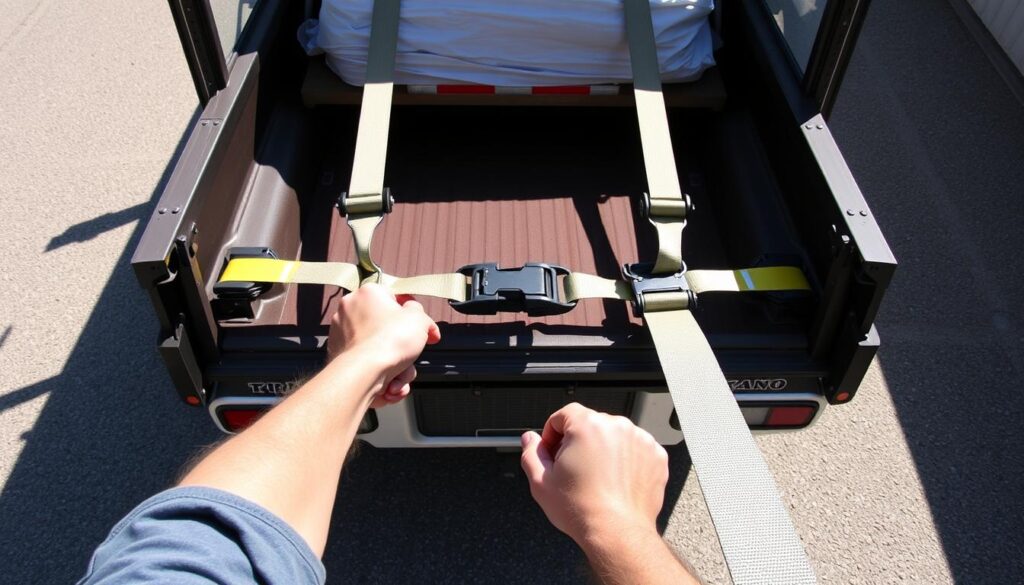
Following technical protocols is essential for load stability. See the guide with four important steps:
Load and Surface Preparation
- Load analysis: Check the center of gravity, weak points, and dimensions. Use measuring equipment for the exact mass.
- Surface preparation: Remove obstacles, clean contact areas, and validate certified anchorage points.
- Equipment: Make sure that the straps and ratchets meet the LC (Lashing Capacity) specified by the manufacturer.
Correct Positioning of the Straps
✅ Ideal angle: 90° relative to the floor for maximum efficiency.
Distance between attachment points: Maximum of 1.2m between adjacent links.
| Parameter | Specification |
|---|---|
| Maximum distance between anchors | 1.5x load height |
| Symmetry | Forces distributed radially or diagonally |
Turnstile Operation: Correct Technique
- Position the ratchet perpendicular to the direction of pull.
- Tighten 2.5 to 3 full turns without overlapping.
- Lock the mechanism with the torque specified in the manufacturer's manual (usually 18-22 Nm).
Voltage and Safety Check
Use voltage meters to ensure:
- Minimum voltage of 70% of the nominal LC.
- Inspect for deformations on the load or the strap.
- Confirm mechanical locking according to ABNT NBR 12.625 standard.
✅ Critical applications require LC ≥ 120% of the calculated resultant force (LC = mass x maximum acceleration x friction coefficient).
Tying Techniques for Different Types of Vehicles
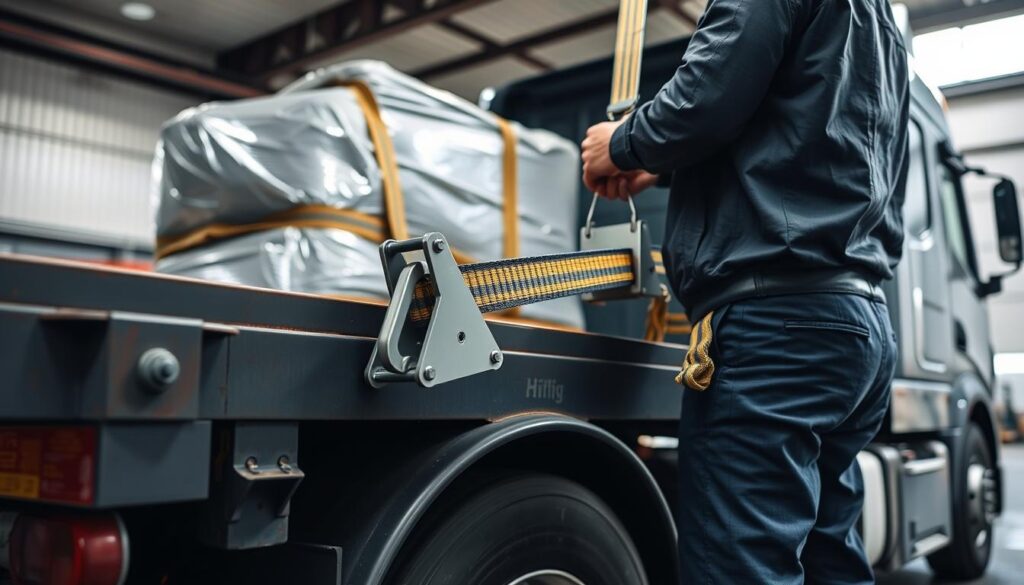
To ensure safety in cargo transportation, it is essential to choose the right technique. This depends on the type of vehicle and the cargo being transported. See the technical specifications for each type of platform:
Trucks
✅ Load on open bodies: Use crossed techniques with angles of 30°-45°. Secure in the areas approved by ABNT NBR 16.217. For loads on box trucks, place the straps 50cm from the corners. This ensures uniform tension.
In trailers, use progressive tensioning systems. They must have a minimum capacity of 2.5 times the total load.
Trucks and Pickups
- Side anchor points: galvanized steel fastenings with a torque of 25-30 Nm
- Loads in dump trucks without fastenings: use auxiliary supports made of aluminum or carbon steel
- For heavy loads (over 200kg), add reinforcement chains with ISO 10559 certification
Roof Racks
| Parameter | Technical Specification |
|---|---|
| Maximum load | 50-100kg (according to SAE J2332 standard) |
| Maximum projection distance | ≤ 50cm (CONTRAN Resolution 349) |
| Strap tension | Interval of 2-3cm between fastening points |
| Mandatory signage | Class 3R reflective stickers |
O how to secure cargo with a ratchet strap on the roof rack requires symmetrical load distribution. For speeds above 50 mph, it is recommended to use aerodynamic shock absorbers. Always check the total weight with digital meters certified by INMETRO.
Specific Applications: Transporting Challenging Items
To load complex items, it is essential to know how to use the ratchet strap. Here are the expert tips:
- ✅ Cylindrical and tubular: To prevent rolling, use angles of 45° to 60°. Secure with three parallel straps and support with galvanized steel.
- ✅ Sensitive surfaces: Use foams and felts for protection. Adjust the strap tension between 20% and 30% of the total weight.
- ✅ Irregular formats: Fix in at least 4 points. Use the formula F = (W × a) / (μ × g) to distribute the tension.
- ✅ Dangerous goods (ADR/UN): Use two layers of lashing. Check before, during, and after the trip. Follow the EN 12195-1 standard for calculations.

For cylinders, use 6 mm thick locks. For sensitive items, prefer polyurethane straps. See the table to know how many fastening points to use:
| Volume (m³) | Mounting points |
|---|---|
| ≤ 1.5 | 4 points |
| 1.6–3.0 | 6 points |
| 3.0 | 8+ points |
Following these guidelines helps comply with safety standards. Check ISO 10557 certifications to ensure quality.
How to Transport Large and Delicate Objects
Transporting sensitive cargo requires care and certified equipment. The ratchet belt It is crucial for moving items such as refrigerators, furniture, and perishable food. It ensures stability and safety, following protection standards.

✅ Refrigerator transport with ratchet strap:
- First of all, prepare the refrigerator: remove the shelves, lock the doors, and cover with cushioning materials (such as EPS 300kg/m²)
- Place the refrigerator upright, with a firm base on a flat surface
- Apply the straps at 45° angles, without tightening too much. The maximum tension is 1,200 daN per strap
✅ Transportation of furniture and appliances:
- Disassemble fragile parts, such as tempered glass
- Protect exposed areas with polyethylene
- Following the manufacturer's instructions, tie it correctly
✅ How to tie vegetable cargo with a ratchet and straps:
- Organize the load in layers, using ISO 1219 pallets
- Tighten the straps in three steps: 20%, 50%, 80% of capacity (for example, 800 daN for leafy greens)
- Use FDA-approved polyethylene dividers for food
Following these guidelines ensures compliance with ABNT NBR 10163. This prevents damage from vibration or movement. Check the tension of the straps along the way.
Transportation of Vehicles and Recreational Equipment
To ensure the safety of sensitive cargo, it is essential to use specific techniques to tie down motorcycles, bicycles, and kayaks. It is important to use certified equipment and adjust it properly to avoid damage during transport.
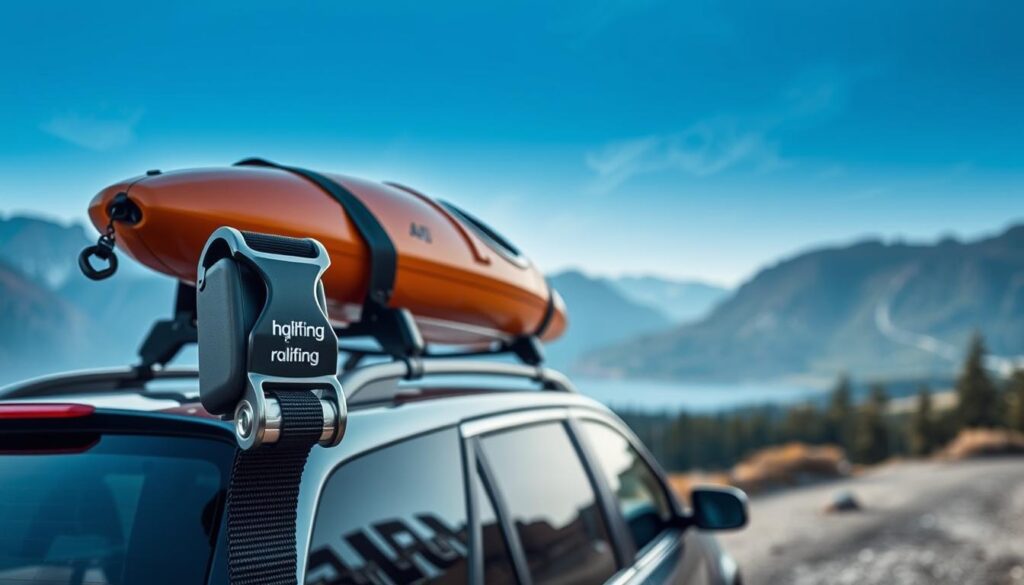
How to Tie a Motorcycle in a Pickup Truck with a Ratchet Strap
✅ Positioning: Place the motorcycle in the center of the truck bed, at a 90° angle to the vehicle. Use non-slip chocks where the motorcycle touches the surface. ✅ Mounting points: Fix the straps on the chassis or fixed suspension arm. Avoid moving points like exhausts. ✅ Calibrated voltage: Adjust the ratchet to 40-50 daN, following ISO 18245 standards. This ensures that the motorcycle remains stationary without excessively pressing fuel tanks or electronics.
How to Tie the Bicycle with Strap and Ratchet
✅ Model mounting: On electric bicycles, prefer mounting points on the tubular frame. For mountain bikes, protect the front forks with shock absorbers. ✅ Multiple unit systems: Distribute the bicycles on specialized racks, maintaining a minimum distance of 15 cm between them. ✅ Component protection: Use insulating tapes on handlebars and transmission systems to prevent friction with the strap.
How to Secure a Kayak with a Ratchet Strap
✅ Weight distribution: In carbon fiber kayaks, use aluminum supports every 1.2m. ✅ Techniques by material: In rotomolded polyethylene models, increase the ratchet tension in 10% to compensate for reduced stiffness. ✅ Dynamic verification: Perform inspections every 200 km, ensuring that the distance between tie-down points does not exceed 1.5m.
Common Errors When Using Ratchet Straps and How to Avoid Them
Errors in securing loads with ratchet straps can cause damage. They can also compromise transportation safety. See the main errors and how to avoid them:
Inadequate Voltage Problems
- ✅ Undervoltage: Check the recommended minimum tension (e.g., 80% of the rated capacity). If the load moves, adjust the tension.
- ✅ Overvoltage: Do not exceed 60% of the maximum load. Fragile materials may deform. Use digital tension meters for accuracy.
Damage to the Straps: When to Replace
Regular inspections help extend the lifespan of the straps. Replace them when:
- The belt width decreases by more than 10% from the original measurement
- If the abrasions exceed 25% of the total thickness
- If the internal fibers are exposed due to wear or corrosion
For use maritime, choose materials with anti-corrosive treatment. Make sure the strap is of type AISI 316. This way, you ensure how to start a maritime ratchet strap safely.
Incorrect Positioning: Risks and Consequences
Positioning errors include:
- Assembly on moving areas (e.g., wheel pairs) causing shocks during transport
- Irregular angles that generate force vectoring (e.g., ideal angle: 45° ±5° for uniform distribution)
- Asymmetry in load distribution: use the method 3 equidistant mounting points to avoid imbalances
Follow how to turn on ratchet strap rack According to ISO 10522 standards, ensures stability in racks under dynamic loads.
Case studies show that 43TP3T of accidents involve initial tension failures. Technical training and updates according to NBR 12.819 are essential to prevent damage.
Conclusion
It is essential to know how to tie cargo with a ratchet strap to prevent accidents. Studies by DENATRAN show that following ABNT NBR 14.993 standards reduces accidents by 45%. Safety depends not only on the equipment but also on the operator's skill.
✅ Performing inspections before transporting helps prevent damage. Professionals must train to follow the rules of ANTT. This ensures that everything complies with the Brazilian Traffic Code.
For successful logistics, it is important to analyze the risks of each load. This includes distributing the weight correctly and using non-slip surfaces. The ratchet belt It is important, but true safety comes from technical skill and respect for CONTRAN regulations.
Share:

June Han /founder and designer
The co-founder of Hqlifting, sales director, amateur writer about fitness business

